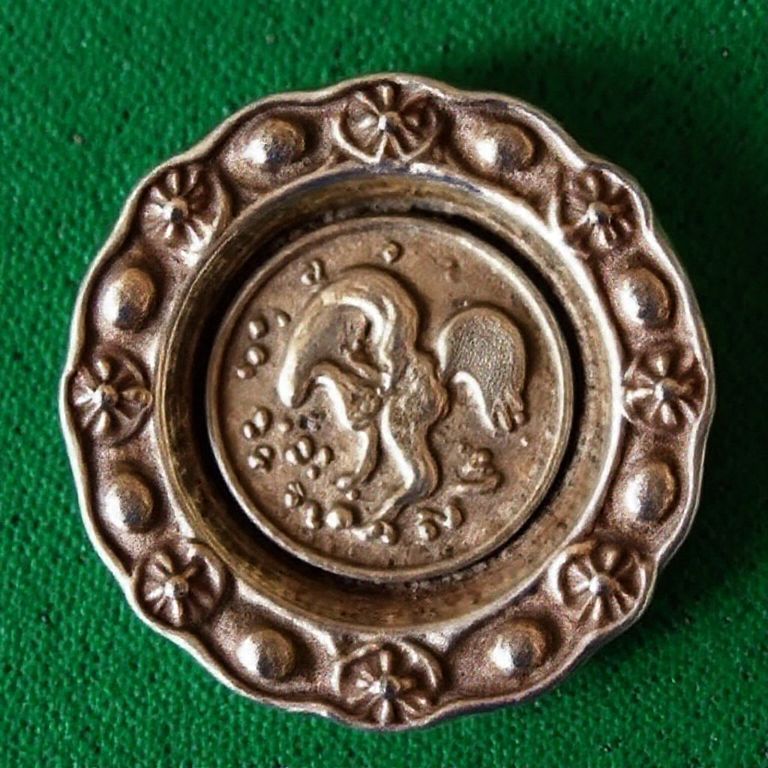Mexican silver, especially from Taxco, is renowned worldwide for its quality and craftsmanship. The city’s silversmiths have a long and storied history, producing exquisite jewelry and decorative items that are highly sought after. However, the popularity of Taxco silver has also led to the rise of counterfeit items, making it crucial for buyers to be able to distinguish between real and fake silver. This guide will provide you with the essential knowledge and techniques to confidently identify authentic Mexican silver from Taxco.
Whether you’re a seasoned collector or a first-time buyer, understanding the hallmarks, testing methods, and common characteristics of genuine Taxco silver will ensure you make informed purchasing decisions and avoid being deceived by imitations.
Understanding Hallmarks and Markings
Hallmarks are the first line of defense in verifying the authenticity of Mexican silver. These are stamped markings that indicate the silver’s purity, origin, and often the artisan or workshop that created the piece. In Taxco, hallmarks have evolved over time, but some key characteristics remain consistent.
Key Hallmarks to Look For
- “925” or “.925”: This marking indicates that the silver is sterling silver, meaning it is 92.5% pure silver and 7.5% alloy (usually copper). This is the standard for high-quality silver.
- “Taxco”: The presence of “Taxco” indicates the item was produced in Taxco, Mexico. However, be wary as this can be faked.
- Initials or a Maker’s Mark: Authentic Taxco silver often includes the initials or a unique maker’s mark identifying the silversmith or workshop. Researching known maker’s marks can help verify authenticity.
- Eagle Assay Marks: From 1948 to 1980, Mexico used an eagle assay mark system. These marks, depicting an eagle with a number, were used to identify the silversmith or region of origin. Understanding these marks can be very helpful.
Checking for Consistency and Clarity
Examine the hallmarks closely. Are they clear, crisp, and well-defined? Fakes often have poorly stamped or blurry hallmarks. Also, check for consistency – the hallmarks should appear uniform and not tampered with.
Testing Methods for Silver Purity
While hallmarks provide a strong indication, it’s wise to employ additional testing methods to confirm the silver’s purity. These tests can help you definitively determine whether the piece is genuine silver or a base metal imitation.
The Ice Test
Silver is an excellent conductor of heat. Place an ice cube on the silver item. If it’s genuine silver, the ice will melt very quickly, much faster than on other metals at room temperature. This is because the silver rapidly draws heat from the ice.
The Magnet Test
Silver is not magnetic. Hold a strong magnet near the item. If it sticks, the piece is likely made of a base metal with a silver plating. However, some alloys used in silver can exhibit a very slight attraction, so this test is most effective when the item shows a strong magnetic pull.
The Acid Test
This test requires specialized testing acid and should be performed with caution. Place a small drop of the acid on an inconspicuous area of the silver. Genuine sterling silver will react differently than other metals. Be sure to research the specific reactions associated with silver and other metals before attempting this test.
Examining Craftsmanship and Details
The quality of craftsmanship is a significant indicator of authenticity. Taxco silver is known for its intricate designs, skilled workmanship, and attention to detail. Inspect the piece closely for the following:
- Smoothness and Finish: Real silver will have a smooth, polished finish. Fakes often have rough edges, imperfections, or a dull appearance.
- Intricate Details: Look for fine details in the design. Authentic Taxco silver showcases the artisan’s skill with precise engravings, filigree work, and gemstone settings.
- Weight and Density: Silver is a dense metal. Genuine silver pieces will feel heavier than similar-sized items made of lighter base metals.
- Soldering and Joints: Examine the soldering and joints. They should be clean, seamless, and well-executed. Poorly done soldering can be a sign of a fake.
Considering the Source and Price
Where you purchase the silver and the price you pay can also offer clues about its authenticity. Buy from reputable dealers or jewelers who specialize in Mexican silver. Be wary of incredibly low prices, as they often indicate a fake or inferior product. Research the average market value of similar pieces to get a sense of fair pricing.
Conclusion
Identifying real Mexican silver from Taxco requires a combination of knowledge, observation, and careful testing. By understanding hallmarks, employing simple testing methods, and closely examining the craftsmanship, you can confidently distinguish authentic Taxco silver from imitations. Remember to buy from reputable sources and be cautious of prices that seem too good to be true. Armed with these tips, you can confidently build your collection of beautiful and authentic Mexican silver.
If you found this guide helpful, please share it with fellow silver enthusiasts and explore our other articles on Mexican culture and craftsmanship here at Life in Mexico!
IMAGE: Close-up of a silversmith’s hands meticulously crafting intricate designs on a silver bracelet in a sunlit Taxco workshop. The scene is warm and inviting, with traditional tools and materials scattered around the workbench. The bracelet showcases detailed filigree work and a prominent “925 Taxco” hallmark. The mood is artistic, skilled, and authentic, capturing the rich heritage of Taxco silver craftsmanship. Style: documentary photography.


